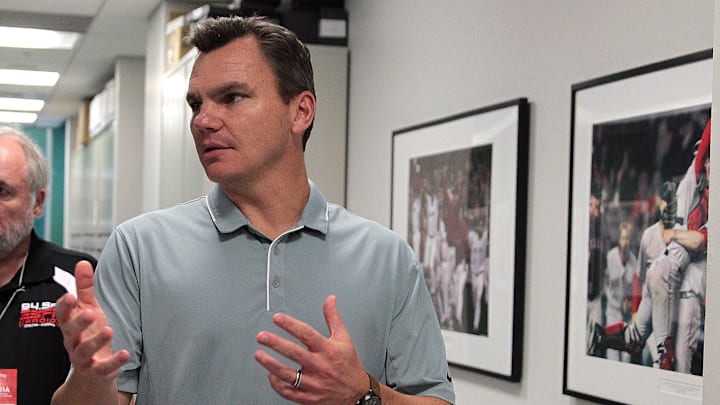1 of 4
Both the Miami Marlins and Seattle Mariners make good trade partners for the Pittsburgh Pirates, but between the two, which one is the better match?
The Pittsburgh Pirates are still looking for a third starting pitcher, and with how the free agent market is going, it looks more and more likely they’ll acquire someone via the free agent market. The trade market for starting pitchers currently seems occupied by two teams: the Miami Marlins and Seattle Mariners.
Both teams have starting pitching they’d be willing to deal from to acquire infield help. But between the two organizations, who would make the better trade partner for the Pirates? Let’s analyze both what they have to offer and the likelihood they’d trade any of their young pitching and come to a conclusion.
